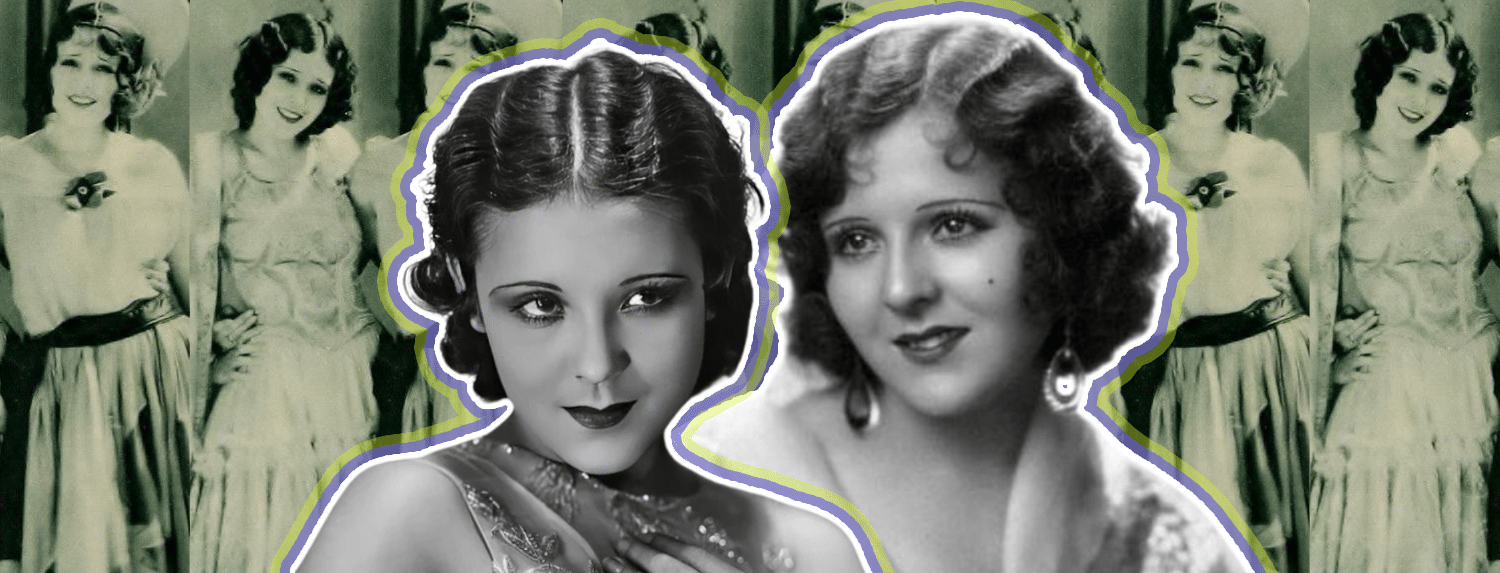Hollywood wasn’t built for Latinos. More than a century after its inception, we are still trying to claim our place within its exclusive, gilded walls. It takes an incredible amount of effort for us to make it in Tinseltown in the first place, and when we do, we are too often relegated to stereotypical roles and limited options. Some try to circumvent this pattern by Anglicizing their names and erasing their Latinidad. But, in the years that made up Old Hollywood, two Mexican sisters decided to let the world know that they were, in fact, Latina actresses. They were Raquel and Renee Torres. Their decision to identify as Mexican allowed them to participate in a Hollywood trend at the time, known as the “Latin Lover” craze. And it cemented them as part of a small group of trailblazing Latina actresses in very-Anglo Old Hollywood. So let’s celebrate the Torres sisters and all they were able to accomplish. Read on to learn a bit about their work in Hollywood, and more importantly, help preserve their history.
Hollywood’s First Latin Lover Trend
Raquel Torres was born in Mexico to a Mexican mother and German father. The family, including her sister Renee, made their way to the United States, and the sisters eventually to Hollywood. There, they both took their mother’s maiden name (Raquel was born Paula Marie Osterman; other sources claim her birth name was Guillermina Osterman) to capitalize on the “Latin lover” trend. This was a time in Hollywood, starting in the 1920s, where movies centered on “exotic,” “Latin” actors like Rudolph Valentino and Ramon Navarro were popular. There were even Anglo actors who changed their name to get in it.
Raquel Torres Makes it Big
Raquel adopted a heavy accent to deliver what Hollywood audiences came to expect from “Latin lovers.” While she was leaning into a Hollywood stereotype, she was also choosing to represent her Latina identity and heritage at a time when the vast majority of Hollywood actors were of solely Anglo/European descent.
Torres is best known for her role as Vera Mercal in the 1933 Marx Brothers classic Duck Soup, but she also starred in The Woman I Stole (1933) and appeared in an array of films, including The Bridge of San Luis Rey (1929), Estrellados (1930), and the Oscar-winning White Shadows of the South Seas (1928), which is credited as “the first film to synchronize music, dialogue, and sound effects.” In the latter film, much like Dolores del Rio in Bird of Paradise, she portrayed a Polynesian woman.
In addition to acting, Raquel Torres got into the beauty business when, in 1930, she created a wooden stamp that pressed color onto the lips. She also had a signature fragrance, called “Raquel Mia,” created by Gerly and sold to the public.
Raquel’s last film was Go West, Young Man, released in 1936. She retired from acting after marrying producer Stephen Ames in 1935, but not before she had cemented herself as one of the brave Latinas making their mark in the golden days of Old Hollywood.
Renee Torres Also Makes an Impression
Raquel Torres wasn’t the only Hollywood actress in her family – there was also her little sister Renee, who signed to a five-year contract with Pan-American Pictures in the 1930s. Renee is credited as appearing in 11 films, including Estrellados (1930; alongside sister Raquel), La Gran Hornada (1931), An Old Spanish Onion (1935), The Devil on Horseback (1936), and The Prodigal Returns (1939), where she played Maria Ramirez (this appears to be her last film). Like Raquel, Renee leaned into her Latinidad to create a career in Hollywood, paving the way for other Latinas to appear on the silver screen.

